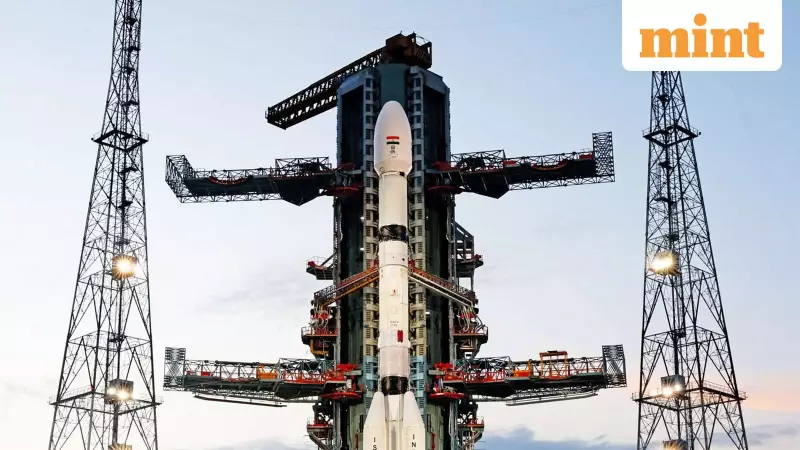
In a significant announcement, the Indian Space Research Organisation (ISRO) is gearing up for one of its most intense periods of activity, with plans for seven major launches before the current financial year concludes. Chairman S. V. Narayanan, in an interview with PTI, confirmed that India's landmark human spaceflight program, Gaganyaan, remains firmly on course for its 2027 target.
A Strategic Surge in Space Capabilities
This aggressive launch schedule is a core component of a broader strategy to rapidly enhance India's scientific, technological, and industrial prowess in the space domain. The upcoming missions are a diverse mix, featuring a commercial communication satellite and several flights of the reliable PSLV and the heavier GSLV rockets. A standout moment in this lineup will be the debut launch of the first PSLV rocket manufactured completely by the Indian industry, marking a pivotal step in the privatization of space manufacturing.
To support this expanding mission cadence, ISRO is undertaking a massive internal expansion. The organization is working to triple its annual spacecraft production capacity over the next three years, ensuring it can meet the growing demand for its launch and satellite services.
Major Missions on the Horizon: Moon, Station, and Humans
Narayanan provided exciting updates on several flagship projects that will define India's space future. The government has given its official approval for the Chandrayaan-4 mission, which is set to be India's most complex lunar exploration effort to date. Designed as a lunar sample-return mission, it will aim to retrieve and bring moon samples back to Earth. This capability is currently held only by the US, Russia, and China. We are targeting 2028 for Chandrayaan-4, Narayanan stated.
Another crucial international collaboration is the LUPEX mission with Japan's JAXA. This joint lunar polar exploration programme is focused on studying water ice deposits in the permanently shadowed regions of the moon's south pole.
Looking further ahead, the ISRO chief confirmed that work has commenced on an Indian space station, with a completion target of 2035. The ambitious project will be built in modules, with the first of five modules scheduled to be placed in orbit by 2028. This achievement would make India the third nation to operate its own space station, coinciding with the retirement of the US-led International Space Station (ISS) and the full operation of China's Tiangong station.
Regarding the much-anticipated Gaganyaan mission, Narayanan provided a crucial clarification. He confirmed that while the timeline for the uncrewed test flights has been adjusted, the ultimate goal remains unchanged. The crewed mission was always planned for 2027, and we are holding on to that date, he affirmed. He also revealed that Prime Minister Narendra Modi has directed ISRO to aim for an even more ambitious goal: sending Indian astronauts to the lunar surface and returning them safely by 2040.
India's Ascent in the Global Space Economy
This flurry of activity is directly linked to India's ambitions to capture a larger share of the global space economy. Narayanan shared that India's current share is 2%, and ISRO is actively working to increase this figure to 8% by 2030. The numbers are compelling: India's space economy is valued at approximately $8.2 billion and is projected to grow to $44 billion by 2033. In contrast, the global space economy is currently worth about $630 billion and is estimated to reach a staggering $1.8 trillion by 2035.
The catalyst for this growth has been the space-sector reforms introduced in 2020, which unleashed a wave of private sector innovation. Narayanan highlighted a dramatic surge in participation, with more than 450 industries and 330 startups now active in India's space ecosystem. This is a monumental leap from just a handful of startups a few years ago, demonstrating how regulatory changes allowing private rocket development and commercial launch services have successfully accelerated the growth of India's private space industry.





